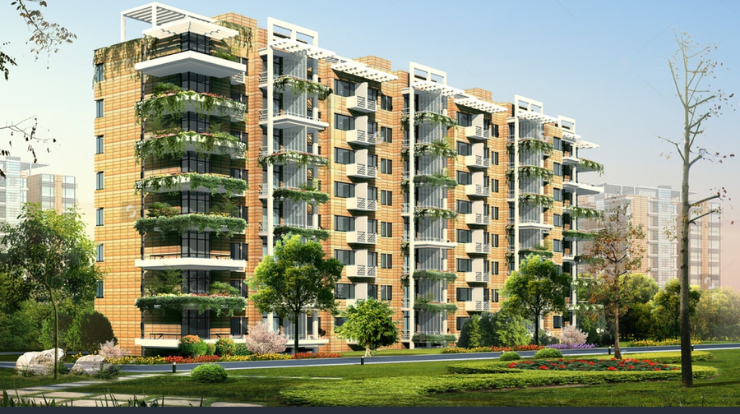Challenges in miniaturizing solar façades in Dubai models

Architectural scale models in Dubai are essential tools for communicating sustainability strategies in new developments. With increasing demand for solar-integrated buildings, many models now feature solar façade elements such as photovoltaic cladding, BIPV (building-integrated photovoltaics), and transparent solar glass.
However, accurately representing these elements at a miniature scale comes with several challenges. These challenges include technical limitations, material constraints, aesthetic fidelity, and the difficulty of simulating real solar performance. Addressing these issues is critical for model makers to maintain both visual quality and conceptual clarity in projects aiming to align with Dubai’s energy goals.
Limitations of Scale and Detail Accuracy
One of the most significant challenges in miniaturizing solar façade elements is the limitation of scale. Architectural scale models Dubai are usually built at scales like 1:100 or 1:200, where intricate components become too small to replicate precisely. Solar panels and photovoltaic glass often feature microstructures, thin films, and patterned cells that are impossible to reproduce with standard materials at these scales.
As a result, model makers must rely on symbolic representation rather than literal replication. This can lead to misunderstandings among viewers who are unfamiliar with solar technology. When solar cells are shown as solid dark patches or colored films, their layered construction and functional properties may not be fully communicated. This simplification creates a trade-off between clarity and realism, especially in high-end commercial or government presentations where detail matters.
Material Challenges in Representing Photovoltaic Textures
Real solar façade elements have distinctive textures, reflectivity, and layering. These include anti-reflective coatings, embedded conductive lines, and varying opacities. Replicating these features in architectural scale models presents a challenge due to material constraints. Most models use acrylic, resin, or painted plastic to represent glass or solar surfaces. These materials lack the depth and optical behavior of actual photovoltaic glass.
Even when tinted acrylic is used to mimic solar glass, the subtle shifting of light or the semi-transparency found in photovoltaic windows is difficult to reproduce. Additionally, any attempt to 3D print detailed PV grids or solar film patterns often results in distortion or fragility at smaller scales. This can affect the viewer's perception of how the façade performs in real-world lighting and energy collection scenarios.
Difficulty in Demonstrating Solar Orientation and Functionality
Solar façades are highly dependent on orientation and sun exposure. Their performance varies by façade direction, shading, and seasonal sun angles. In scale models, showing these dynamic relationships is difficult. While some models include basic sun path lighting or overlays, the miniaturized size limits the ability to show how solar façades perform over time.
The fixed nature of the model also prevents it from reflecting real-time changes in sunlight direction or intensity. This makes it harder to communicate how solar panels are optimized for east, west, or south-facing surfaces. For complex building envelopes with angled façades, shading elements, or layered solar skins, this lack of dynamism can reduce the model’s explanatory power.
Balancing Aesthetic Representation With Functional Storytelling
In Dubai’s luxury developments, aesthetics are crucial. Many solar façades are designed not only for energy performance but also for visual impact. These include patterned PV panels, customized cladding, or decorative BIPV materials. Miniaturizing these elements often results in a loss of visual richness, especially when intricate patterns cannot be reproduced at scale.
Model makers must strike a balance between showing clean, beautiful façades and accurately representing functional solar elements. Over-stylizing the model façade may mask the presence of solar technology, while over-simplifying it may undermine the architectural intent. This balance is especially difficult when dealing with luxury office towers, commercial centers, or cultural institutions that use solar façades as both energy sources and branding elements.
Lack of Standardized Model-Making Practices for BIPV
There are currently no universally accepted standards for modeling BIPV systems at scale. Each project may require a different technique based on design intent, materials, and energy performance goals. This lack of standardization creates inconsistencies in how solar façades are represented across different models.
Some firms may use colored films, while others rely on etched patterns or printed textures. This variation makes it difficult to compare projects or explain solar integration strategies clearly across a portfolio of buildings. In Dubai, where international developers often present multiple projects in a single masterplan, this inconsistency can confuse stakeholders or delay approvals.
Challenges in Incorporating Lighting and Interactivity
To simulate solar activity, some models include lighting systems that interact with solar façade elements. These may involve LED strips, fiber optics, or surface illumination to suggest solar energy absorption or flow. However, integrating these lighting systems into miniaturized façades poses technical difficulties.
Thin solar elements leave little room for wiring or LED placement. The heat generated by light systems can also warp delicate materials, especially if the model is displayed for long periods. Maintaining consistency in brightness, color temperature, and light direction across the façade is another challenge. These issues make interactive solar façades more complex and time-consuming to produce.
Cost and Time Constraints in High-Fidelity Modeling
Replicating solar façades accurately adds to the cost and time required to produce architectural scale models. Custom printing, laser etching, lighting integration, and material sourcing are all resource-intensive. For fast-paced real estate markets like Dubai, where quick approvals and presentations are necessary, this can become a limiting factor.
Developers may choose to simplify or omit solar façade details to save time, which reduces the model’s impact. Alternatively, adding these features may increase the project budget, which is not always feasible for smaller-scale proposals or early-stage concept presentations.
Conclusion
Miniaturizing solar façade elements in architectural scale models in Dubai presents a complex set of challenges. These include limitations of scale, material fidelity, dynamic simulation, aesthetic balance, and cost efficiency. Despite these challenges, model makers continue to innovate with symbolic representation, layered materials, light-based interaction, and augmented reality.
These efforts are vital in helping stakeholders understand how solar technologies function on building exteriors in a desert climate. As Dubai continues its path toward sustainable development, refining the art of miniaturizing solar façades will remain essential to visual storytelling in architectural presentations.







